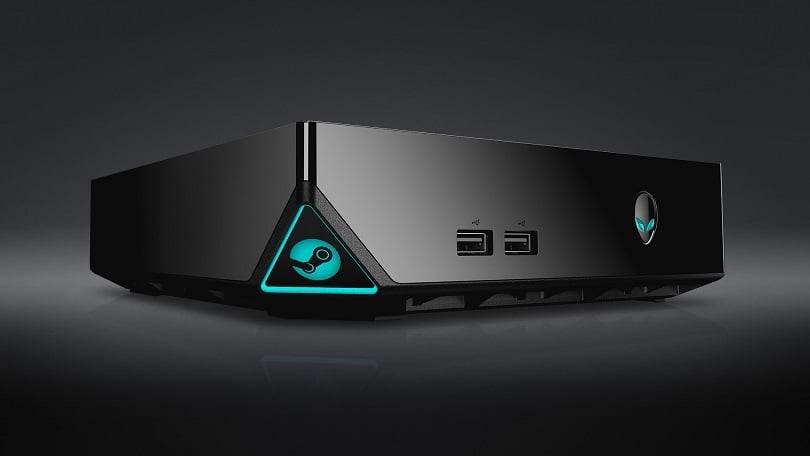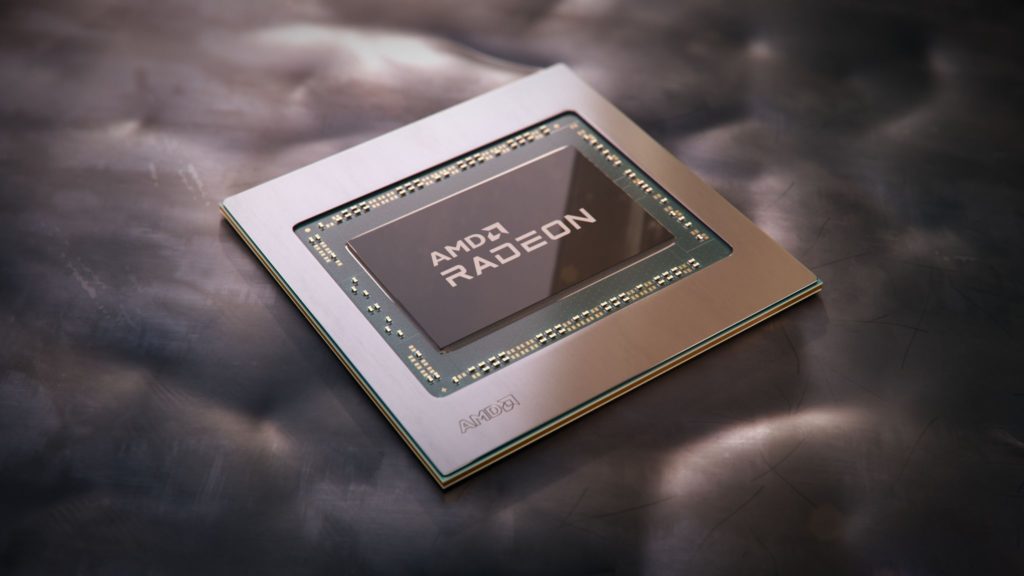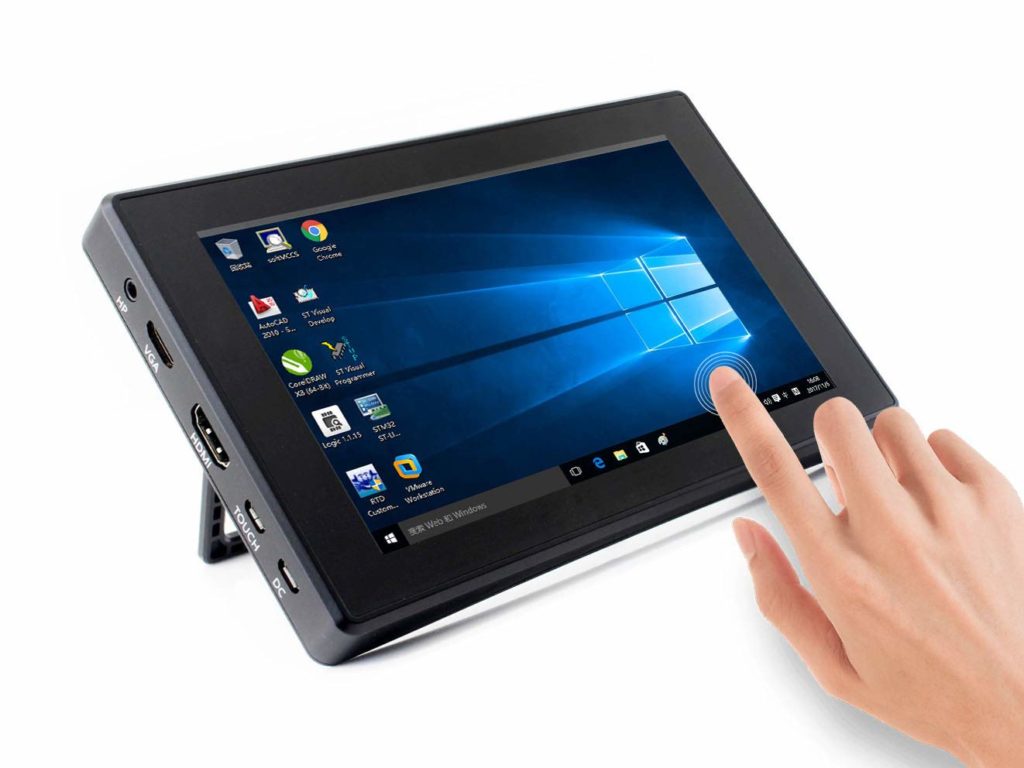The Steam Deck could be the most interesting item in PC gaming right now, assuming it ever makes it to market. This much-anticipated device from Valve will permanently transform the way we play PC games by allowing PC gamers to take their entire Steam library with them everywhere they go and play any Steam game in a compact portable form size.
That only adds to the agony of the long wait. The Steam Deck’s release has been pushed back from December 2021 to February 2022 due to worldwide supply chain concerns. Valve has posted a couple of teaser photographs exhibiting the Steam Deck box and its contents, which include the carrying bag containing the console and the packaged USB-C charger, to keep PC gamers interested.
The Steam Deck not only allows you to take your Steam library with you everywhere you go, but it also comes with a slew of other useful functions. This SteamOS-powered gadget can run whatever operating system you choose, including Windows 11 and Ubuntu Linux, and it can dual boot to run two operating systems at once. Even without taking into account all of its other features, that’s quite outstanding for a compact gadget.

The Steam Deck, like the Nintendo Switch, may be docked using a USB Type-C connection to connect to a TV or monitor (assuming the display supports USB Type C video input). Valve intends to release its own dock in the future, but for the time being, any USB Type-C compliant dock will suffice. It should also work with all common PC devices, including controllers, flight sticks, keyboards, and mouse. You can even utilise Bluetooth headphones, something other major video game systems do not yet offer.
The Aerith SoC, an unique AMD semiconductor with a four-core, eight-thread Zen2 CPU and an AMD RDNA 2 GPU, will power the device. This processor should provide a consistent gaming experience all over the titles while permitting the device’s 40-watt-hour battery to endure up to seven to eight hours of playtime.

DESIGN AND FEATURES OF A STEAM DECK:
The Steam Deck may appear awkward, but Valve claims it was built for pleasant, lengthy play sessions and offers full-fidelity control so you can play your favourite games without sacrificing quality.
Valve claims that the Steam Deck’s “best-in-class” thumbsticks with capacitive touch sensors will deliver “a degree of precision and comfort not available on other portable gaming devices.” The controllers, unlike the Joy-Con on the Switch, cannot be removed from the display. In this way, the Steam Deck is more analogous to the Nintendo Switch Lite.
Users will enjoy mouse-like control in games that don’t play well with a gamepad, thanks to the Steam Deck’s two trackpads. These pads are said to be identical to those seen on Valve’s now-defunct Steam Controller, so expect haptic feedback and other upgrades over previous trackpads.

The Steam Deck contains Grip buttons, which allow additional input possibilities right at your fingertips, in addition to the typical triggers on the rear of the console, which are pleasing analogue unlike the Nintendo Switch’s digital triggers. If you’ve ever used a “Pro” controller, you know how beneficial these additional buttons may be.
Valve’s portable gadget has a 7-inch LCD touchscreen with gyro controls, allowing you to fine-tune your aim by physically positioning the device, which is more precise than using a thumbstick or trackpad alone.
Other features include expandable storage via a microSD card port, two stereo speakers, integrated dual microphones, and a battery life of two to eight hours, depending on the games being played.

RELEASE DATE AND PRICE FOR THE STEAM DECK:
The Steam Deck was supposed to be released in December 2021, but due to supply chain issues, it has been postponed. The first units are expected to ship out in February 2022.
The price hasn’t changed, and the cheapest model, which includes 64GB of eMMC internal storage and a carrying case, will still cost $399 / £349.
The $529 / £459 mid-range model comes with a 256GB NVMe SSD for quicker storage, a carrying bag, and a unique Steam Community profile bundle.
Finally, the top-tier model costs $649 / £569 and comes with 512GB of internal NVMe SSD storage, premium anti-glare etched glass, an exclusive carrying case, an official Steam Community profile bundle, and an exclusive virtual keyboard theme.
The capacity on all three consoles may be expanded via a microSD card slot that supports SD, SDXC, and SDHC formats.

SteamDeck games:
Valve’s Steam Deck, as it stands, will not be able to run every single Steam Store title. Indeed, the Steam Deck will be unable to run popular PC games such as Destiny, Apex Legends, PUBG, and Rainbow Six Siege. And, while it won’t be able to run every Steam game right away, it’s primarily a software issue that will be addressed over time.
Because the Steam Deck is not a Windows-based system, it comes pre-installed with SteamOS 3.0, an Arch-based Linux distribution. Because the handheld PC is built on Linux, not all games, especially those that require anti-cheat software, are suitable.
Valve created a tool called Proton to address this issue, although the firm is working with suppliers to “improve Proton’s game compatibility and support for anti-cheat solutions.”

Proton is not a Windows emulator. It’s more accurately described as a translator that instructs Linux on how to run incompatible Windows-based programmes.
You should be able to play games that aren’t in the Steam library, such as the new Mass Effect Legendary Edition and others that are only available through other launchers, such as the Epic Games Store. Checking if a game is in Proton’s database and seeing how it’s rated is the best approach to see if it’ll run on Steam Deck.
Also Read:








